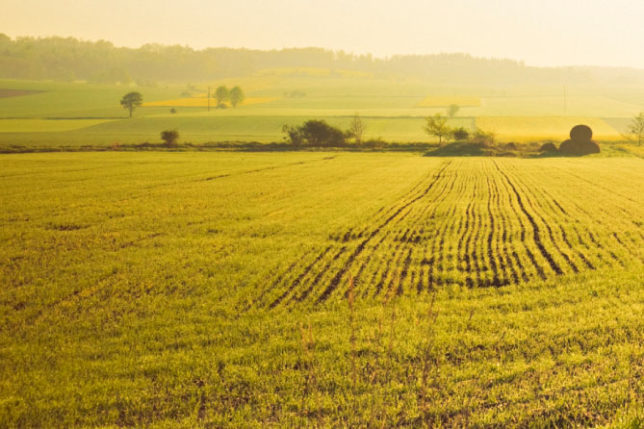Conditions are very variable across the Prairies this season, from drought in Alberta and parts of Saskatchewan to fairly ideal conditions in Manitoba. Add to that frost events and flea beetle pressures and it is shaping up to be a very challenging year for some.
Despite that, the crops are continuing to grow and disease and insect pressures are, or will become, evident. “Right now, winter wheat is the most advanced crop and it’s looking very good,” says Holly Derksen, Field Crop Pathologist with Manitoba Agriculture and Rural Development.
“While scouting winter wheat crops, it is important to keep a close eye on the lower canopy and watch for any leaf disease infections,” says Derksen. “The key now is to keep the flag leaf and head disease free to ensure yield potential is maximized.”
“In general for cereals, scout now for any leaf spot complex and rust symptoms,” advises Derksen. “The rate of disease development will be important and ultimately decide if a fungicide application would be needed.” How the disease develops will depend on a number of factors including environment and the level of resistance inherent in the cultivar.
“Rusts are moving up from the U.S. and we know they are at the Canadian border,” says Derksen. “At this time, however, we have no reports of rust in Manitoba.”
“If we consider canola, I can tell you there will be blackleg,” says Derksen. “That’s a given.” With blackleg while it is present in the crop all season, it is usually scouted for just before swathing. “Blackleg is going to be more prevalent in those situations where rotations are being pushed. The crop can be sprayed at the 2-4 leaf stage, but it’s probably already too late.”
Sclerotinia is the biggest disease issue that can be impacted with a well-timed fungicide application, but the challenge is to determine the risk and when to apply the fungicide. Sclerotinia is impacted by a number of factors including weather, the number of ascospores in the air at the right time and place to cause disease, and so on.”
A number of decision support tools and risk assessment tools are available to help farmers make decisions about a sclerotinia fungicide application. The ideal time to apply a fungicide to canola infected with sclerotinia is at the 20 – 50 percent bloom time. The disease will not be very obvious at that time and this is where field records and other sources of information become important. The return on the investment of the fungicide application will also factor in to the decision to spray or not – is the yield potential there in the first place?
“It’s early to make any definitive predictions about the 2015 crop disease outlook,” says Derksen. “So many things can impact the crop that are impossible to forecast; however, there are sound disease risk assessment and management strategies farmers should be doing now to mitigate risk.”
The biggest strategy is a planned program of field scouting. Throughout all scouting activities, it’s important to keep records. A good paper or digital trail is important with decision-making and planning when the season is long done and you are planning for the next.
Finally, remember to get good diagnostics. Never jump to conclusions. Take the time needed to make or get the right diagnosis. “If you don’t know what you have, you cannot manage it,” says Derksen.







Leave A Comment